League of Legends: Wild Rift offers many different modes to play, and out of these, ranked mode lets you know how good you are compared to other players. After a ranked match is over, each player’s rank is adjusted based on their performance and the other players’ ranks. Riot Games have revealed the complete ranking system of League of Legends: Wild Rift, including the tiers, matchmaking, ranked fortitude, etc. to help you understand the ranked mode better.
Ranked System
The ranking system of League of Legends: Wild Rift is different from its PC version, and since the game is still in the beta testing phase, the developers can make changes to it based on the feedback of players.
Ranked Tiers
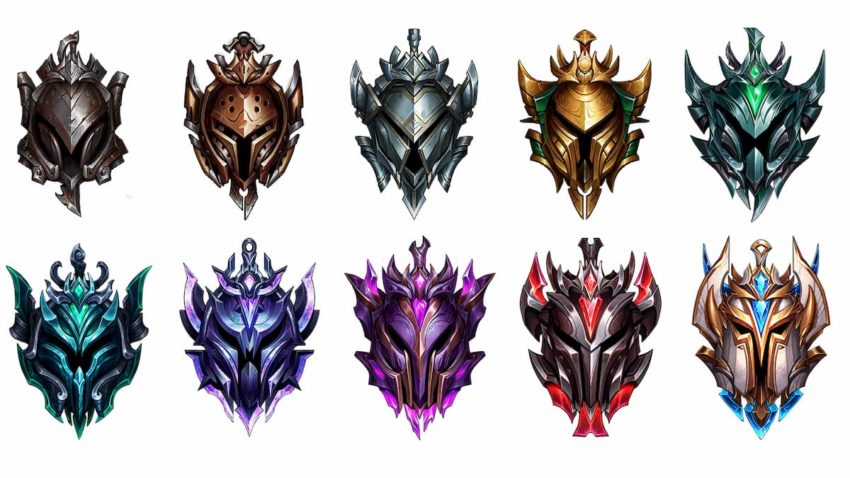
The tiers of League of Legends: Wild Rift go from Iron to Challenger, which is the same as that of League of Legends. However, in the mobile game, an extra tier called Emerald has been added between Platinum and Diamond. The complete list of tiers is as follows:
- Iron
- Bronze
- Silver
- Gold
- Platinum
- Emerald
- Diamond
- Master
- Grandmaster
- Challenger
In addition to this, Diamond and below tiers are further subdivided into four divisions, meaning you’ll have to climb from Iron IV to Iron I before you’re able to bump up to Bronze IV.
Placement Games
Since everyone enters the ranked as unranked, when you begin to play ranked matches, your first 10 games will be Placement Games, which operate as follows:
- You are given a starting rank after your first Placement Game
- Each win grants 2 Ranked Marks
- Losing has no penalty
Once you finish your Placement, you’ll be given your starting rank.
Ranking System for Iron to Emerald Tier
The Iron tier is the lowest one, where every player will have to start ranking above. In the first six tiers, i.e., from Iron to Emerald, all wins and losses are weighed equally with Ranked Marks, while exceptional performance is rewarded with Ranked Fortitude.
Ranked Marks
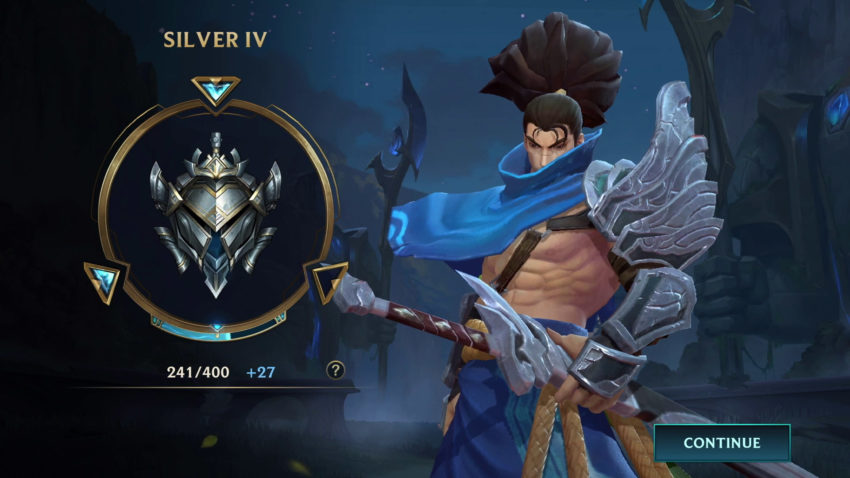
You will be awarded Ranked Marks that will help you rank up according to the overall performance. Winning a game earns a Mark while losing removes one except in Iron and Bronze tier. This system is followed in the first six-tier only, i.e., from Iron to Emerald. Also, climbing from Platinum to Emerald will take a lot longer than hopping from Iron to Bronze since you will need more ranked marks to climb at higher tiers.
Ranked Fortitude
Win streaks in League of Legends: Wild Rift are rewarded with Ranked Fortitude to prevent the players from losing a Ranked Mark in defeat. Earning ranked fortitude can even grant two Ranked Marks from a single win. The Ranked Fortitude system is only implemented in the mobile version of the game.
Ranking System for Diamond to Challenger Tier
The Diamond to Challenger tiers follow a different ranking system and are a little complex than the lower tiers, and instead of Ranked Marks, you are awarded Victory Points. Here are the complete details:
Victory Points

Like Ranked Marks, Victory Points will be distributed or taken away at the end of each match, depending on the result. However, the number of points you win or lose is determined by various factors, including the overall skill level of players on both teams. Players have to earn 100 Victory Points to climb through each division of Diamond.
The Master tier and beyond still use Victory Points, but the ranking system itself changes to accommodate this highly competitive level of play. Also, unlike Ranked Marks, Victory Points will begin to decay if players are inactive for too long. However, you can delay this decay by playing multiple Ranked games daily.
Promotion Series
Promotion Series is the set of games you play when advancing between tiers but not divisions. Promotion Series work as follows:
- Iron to Bronze: 2 wins = success, 3 losses = failure
- Silver to Diamond: 3 wins = success, 3 losses = failure
- Master to Challenger: No promos required
Succeeding at the promos will bump you to the next tier with 1 Ranked Mark and temporary demotion protection, while failure will remove 2 Ranked Marks and keep you in your current tier.
Ranked Draft
While in Normal mode, you need to select a champion before your ally; in Ranked mode, the champion will be picked following an S-draft format in which the champions are picked alternatively. The advantage of Ranked mode is that it gives equal opportunity to both teams in terms of making strategies before entering the Rift.
Also, the Ranked mode doesn’t currently have bans because of the game’s small champion pool, and the players can expect to see bans in a later season when more champions are added.
Related: The best champions in League of Legends: Wild Rift
Queueing with 1, 2, 3, or 5 Players
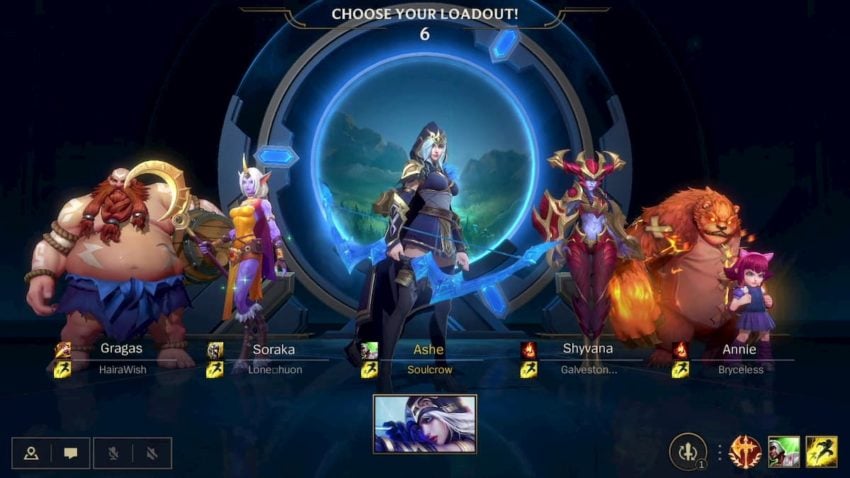
In League of Legends: Wild Rift, the players can queue up for ranked games with parties of one, two, three, or five. All of the ranked queues are merged into a single one, and the maximum party size has been boosted to five. On the other hand, parties of four will have to stick to the normal queue. It is worth noting that while solo, duo, trio, and the full team have the same entry point, the matchmaking of teams is done separately behind the scenes.
It means that full teams will always be matched against other teams of five, and with mixed team sizes, the algorithm is optimized to match teams with equal power. This means that in the majority of cases, teams will have the same comp, so: 1-1-1-1-1 vs. 1-1-1-1-1; 2-2-1 vs. 2-2-1; 3-2 vs. 3-2; and so on.
Queueing with Higher/Lower Ranked Friends
Players who want to play together must be within one Ranked tier, i.e., if you’re in Gold, you can play Ranked with your Silver and Platinum friends, regardless of division. However, you won’t be able to invite your Emerald friend because he is more than one tier away from you.
Ranked Rewards
The players are rewarded with in-game rewards according to their ranks in the game. While many of these perks are distributed once the season ends, some are distributed mid-season for achieving certain tiers in the Wild Rift inbox.

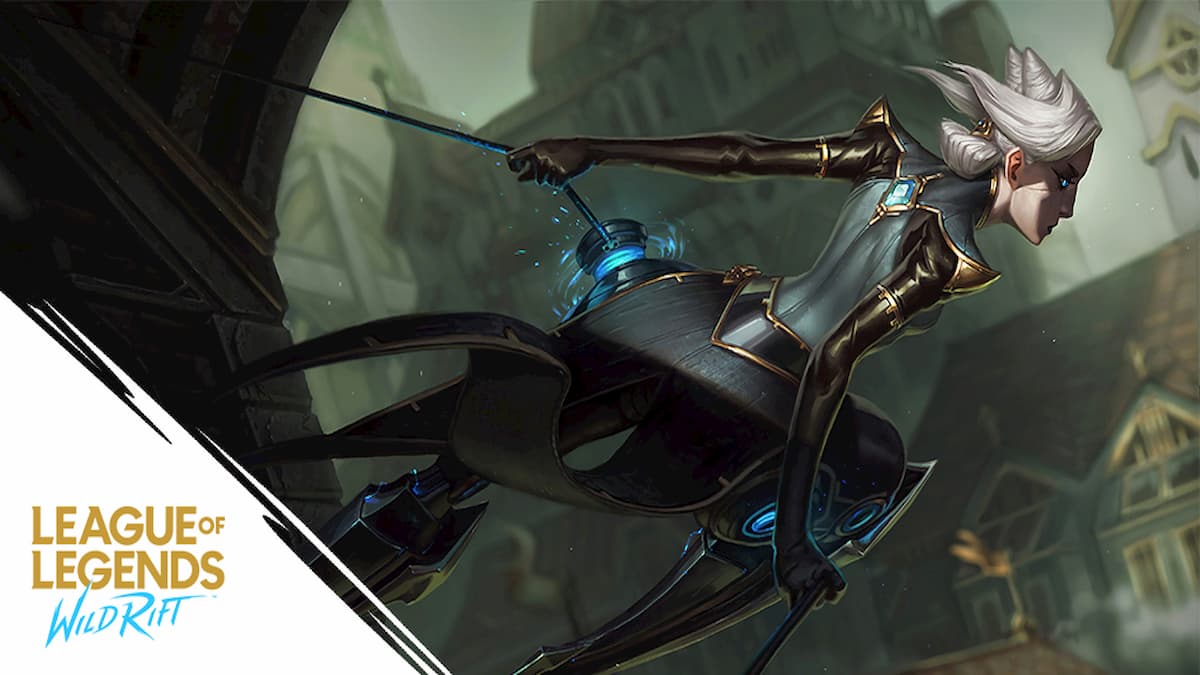
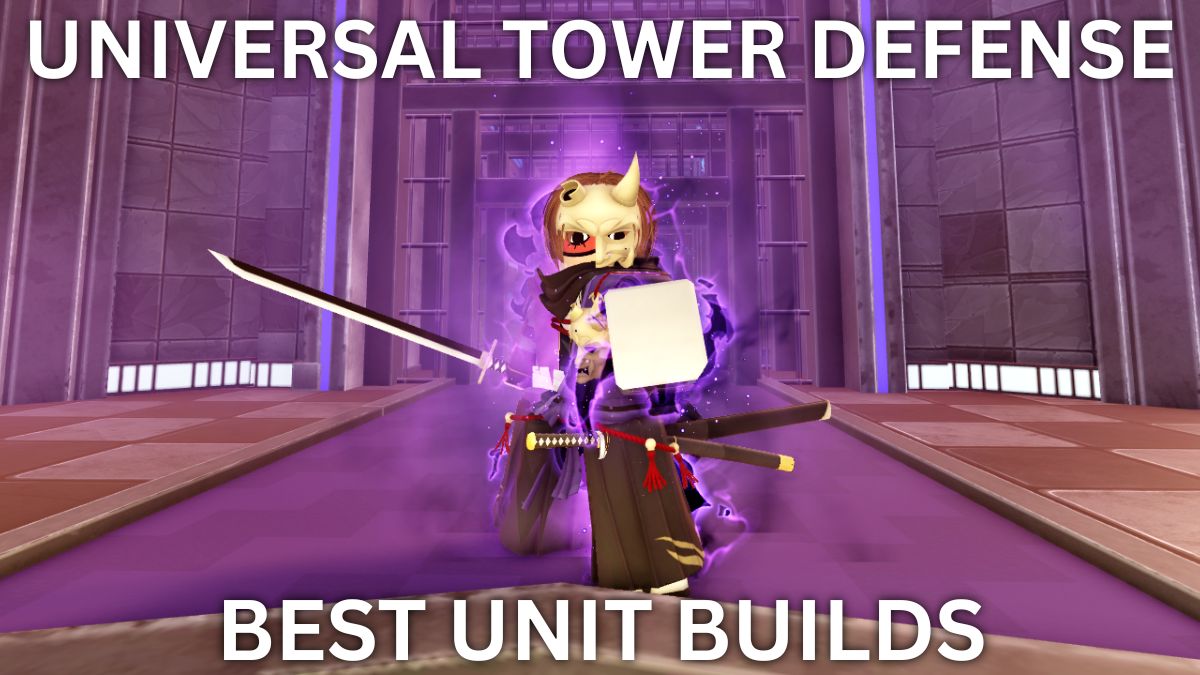
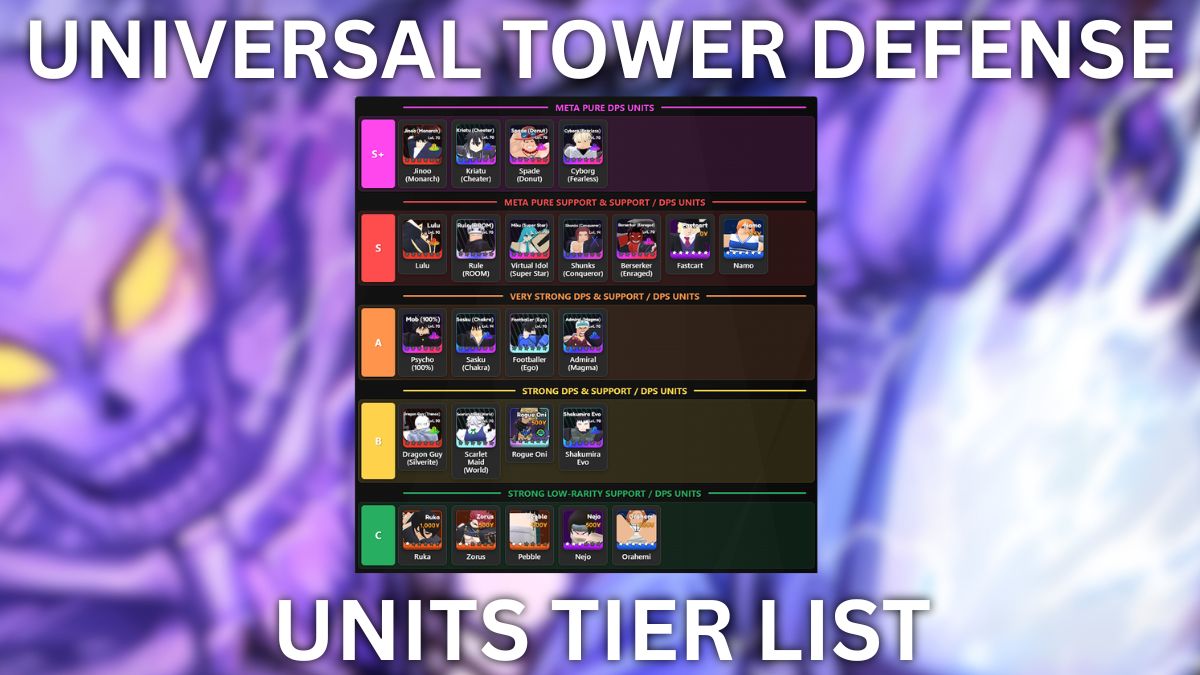
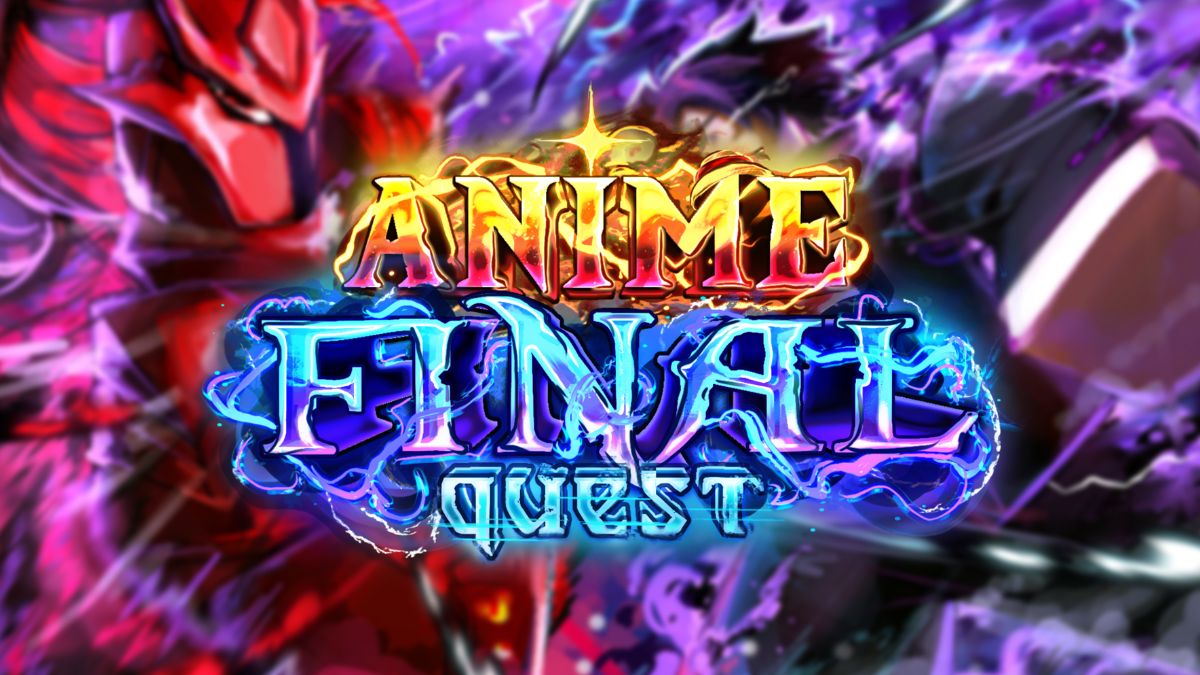

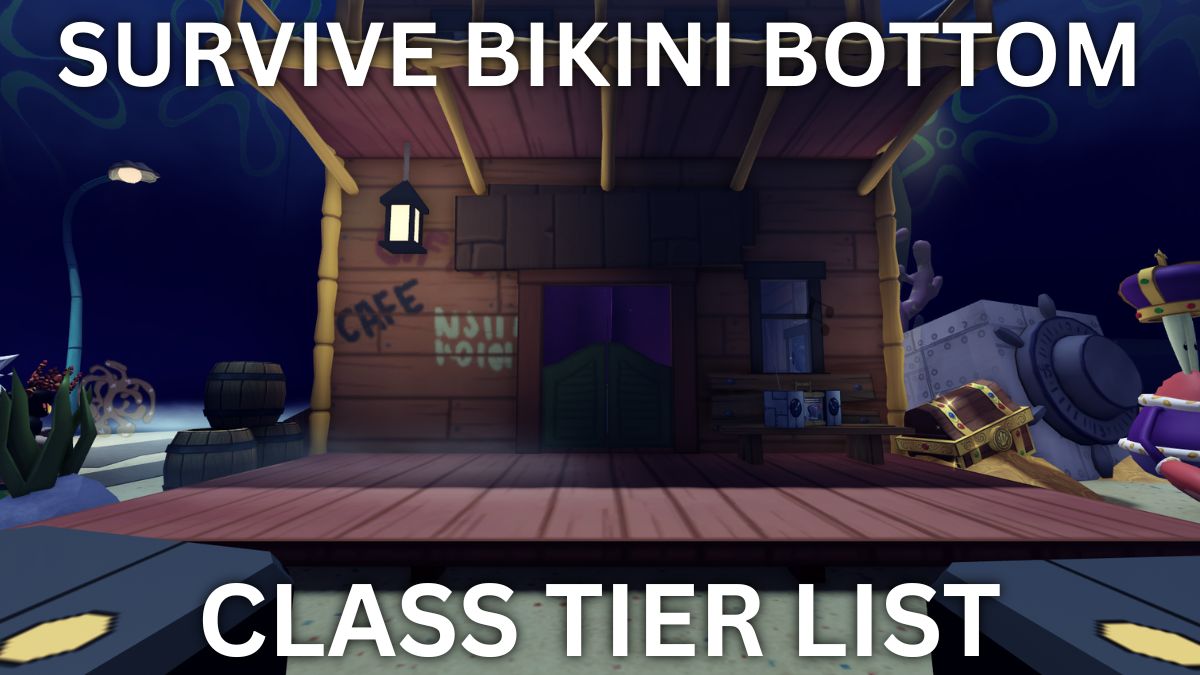
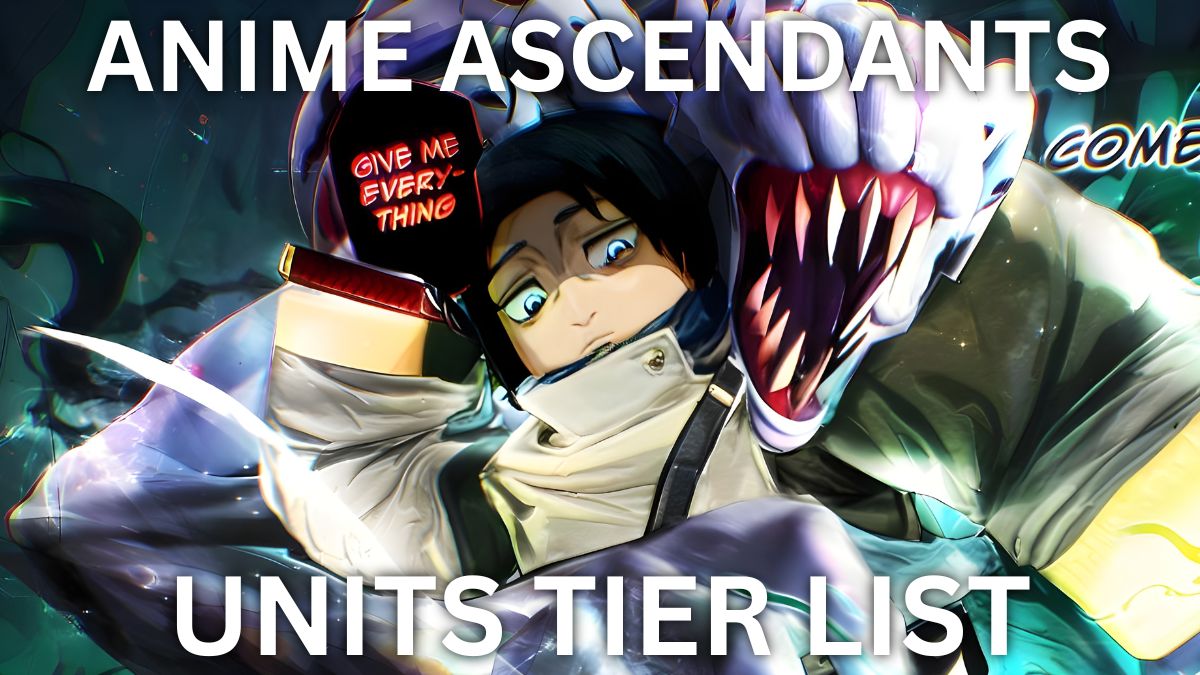
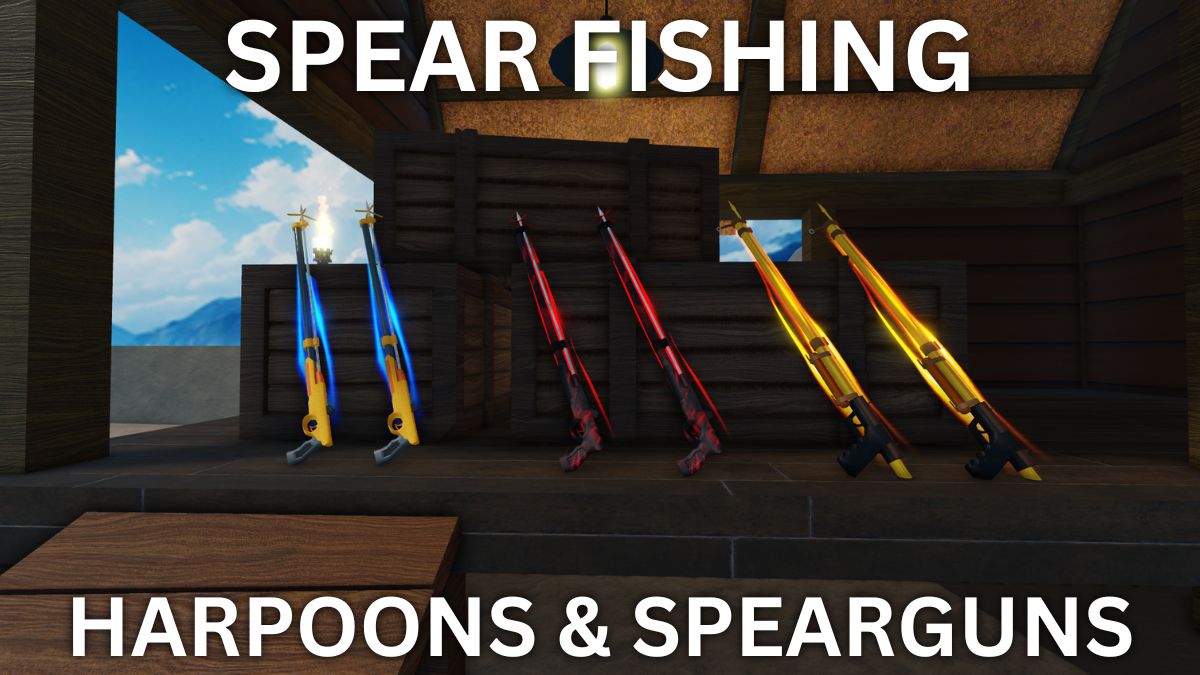
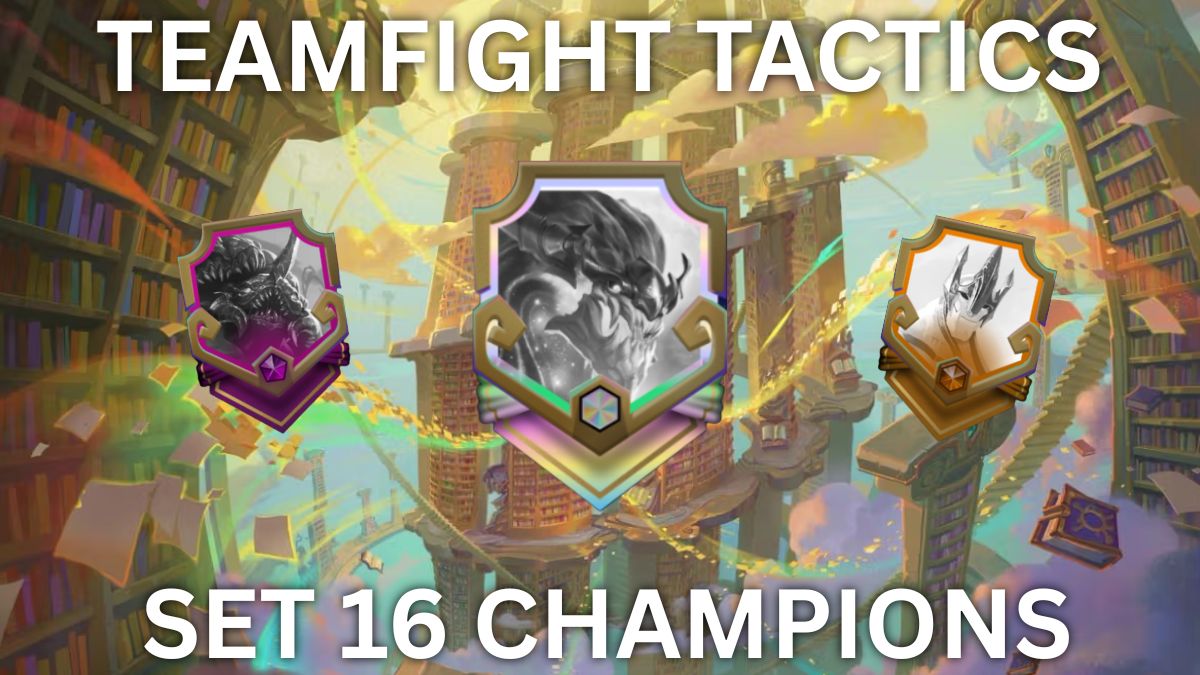
Published: Oct 12, 2020 07:22 am